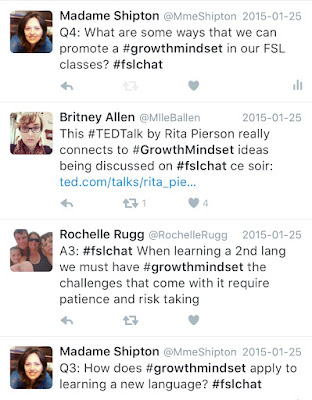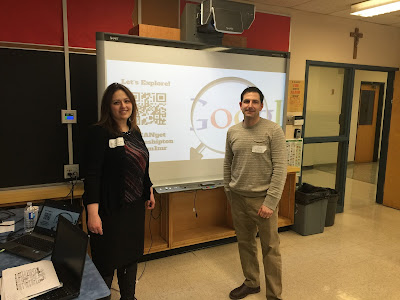"The only person you should try to be better than,
is the person you were yesterday."
is the person you were yesterday."
At Frassati, the students are learning just that. Embracing the Power of Yet, we've encouraged students to take risks, fail forward and appreciate errors as opportunities for growth. In their personal reflections for their digital portfolios, students ponder not only their learning goals and achievement of success criteria, but also their learning skills and any areas of weakness that they need to work on. The creation of student-friendly learning goals played an imperative role in student development of self-regulation skills by encouraging them to take ownership over their leaning. Moreover, by using the word "yet" in their everyday language, weaknesses become more finite, with an end point ahead. It helped students to appreciate that learning is a journey and that they were on the right path to success. Even when it's not a straight one.
In order to promote the use of "yet", we coined the expression #ICANyet. Hashtag added for Twitter curating of ideas but mostly for "coolness factor" among grade fives. In this case YET becomes an action, something that I can do-- That is use it. #ICANyet, can you?
As a teacher, one of my learning goals this year was to focus on my praise. I've made a conscious effort to attempt to praise the process in completing a task rather than a student's ability.
#ICANyet shift my praise!
(Admittedly a work in progress)





















